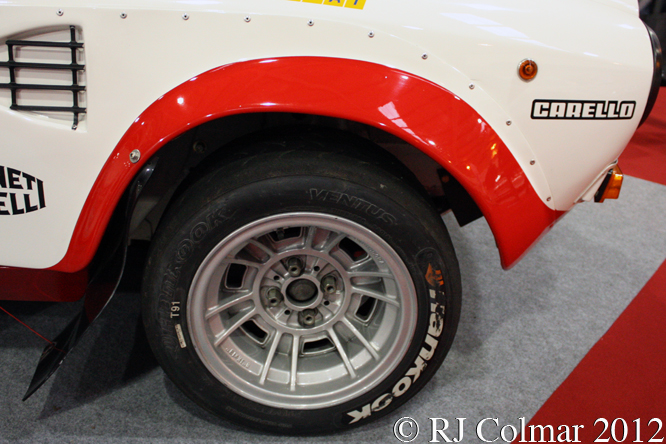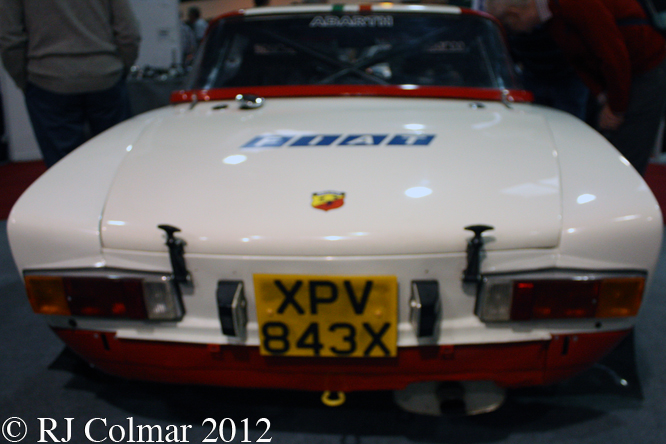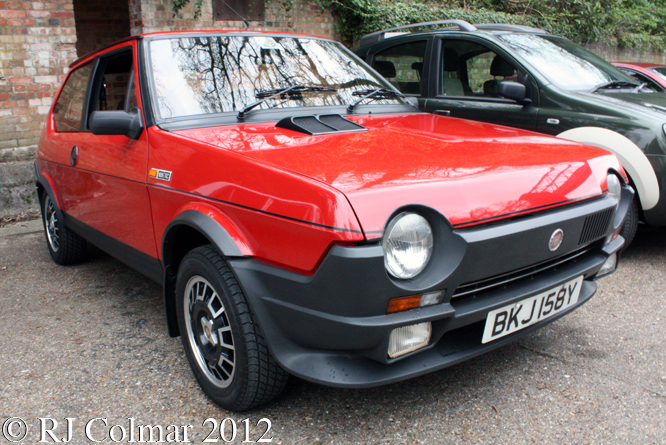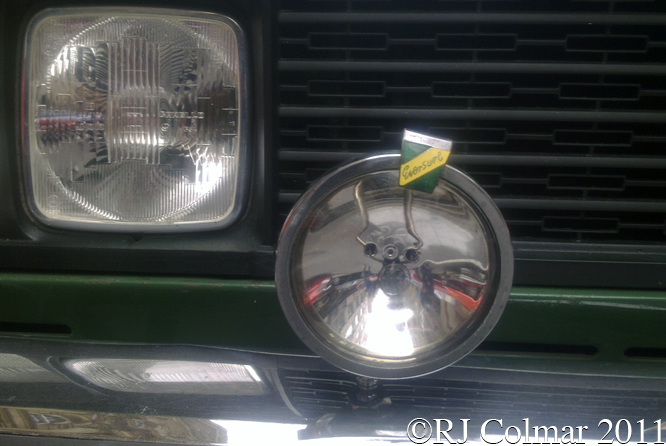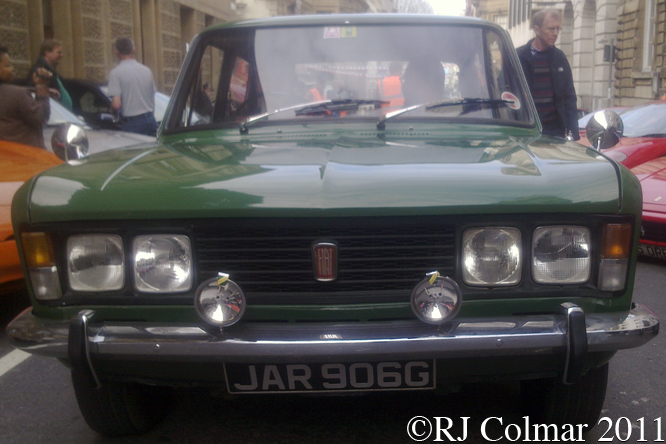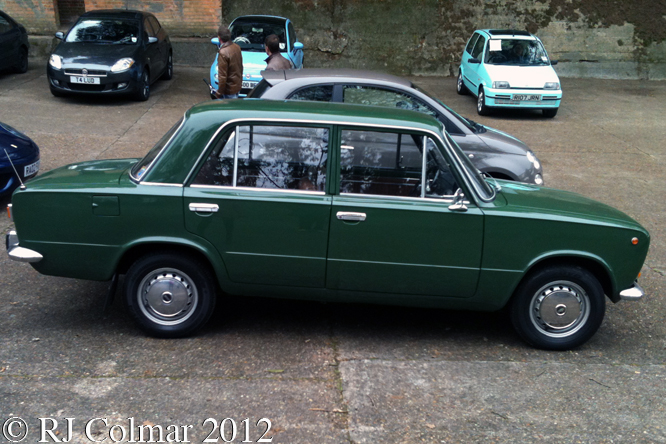FIAT launched it’s 131 model marketed as the 131 Miafiori, after the suburb in Turin where it was built, at the Turin show in 1974.

The 131 Miafiori range that included 2, 4 and 5 door variants, replaced the FIAT 124 range that dated back to 1966.

In 1978 a second series of 131 Miafiori’s was launched that included upgraded exterior and interiors with twin cam engine options for it’s 1.3 and 1.6 litre engines.

Topping the Series 2 range was the performance orientated 131 Racing, also known as the Super Miafiori in the UK, powered by a 2 litre / 122 cui twin cam engine, previously seen in the 124 Spyder, that produced 115 hp.
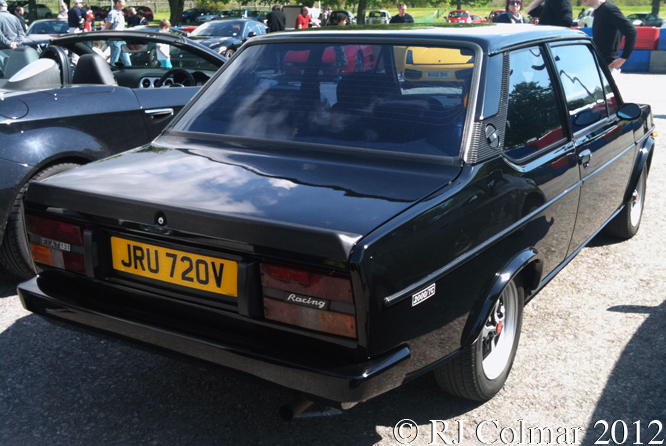
The Racing featured unique to model either black or orange colour options, quad head lamps, front grill and short ratio 5 speed gearbox and was quoted with a quoted top speed of 110 mph.

Production of the Series 2 131 Miafiori’s continued until 1981.
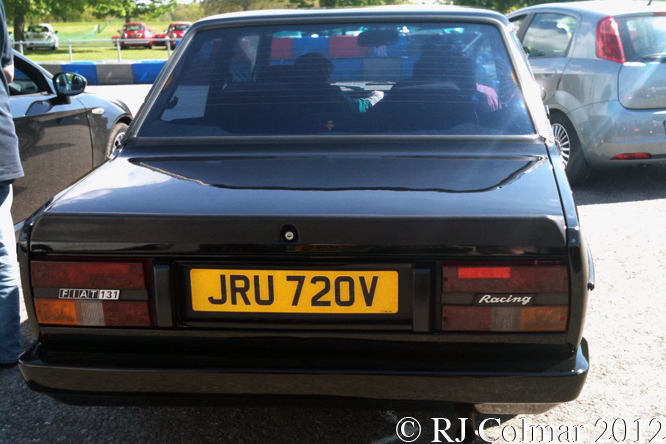
The example seen in these photograph’s at Auto Italia, Beaulieu several years ago appears to be a RHD Super Miafiori with non UK market Racing badging, according to DVLA Records the car was built in 1979, but not registered in the UK until the 11th of January 2010.
Thanks for joining me on this “Racing” edition of “Getting a li’l psycho on tyres” I hope you will join me again tomorrow when I will be looking at another Healey. Don’t forget to come back now !




